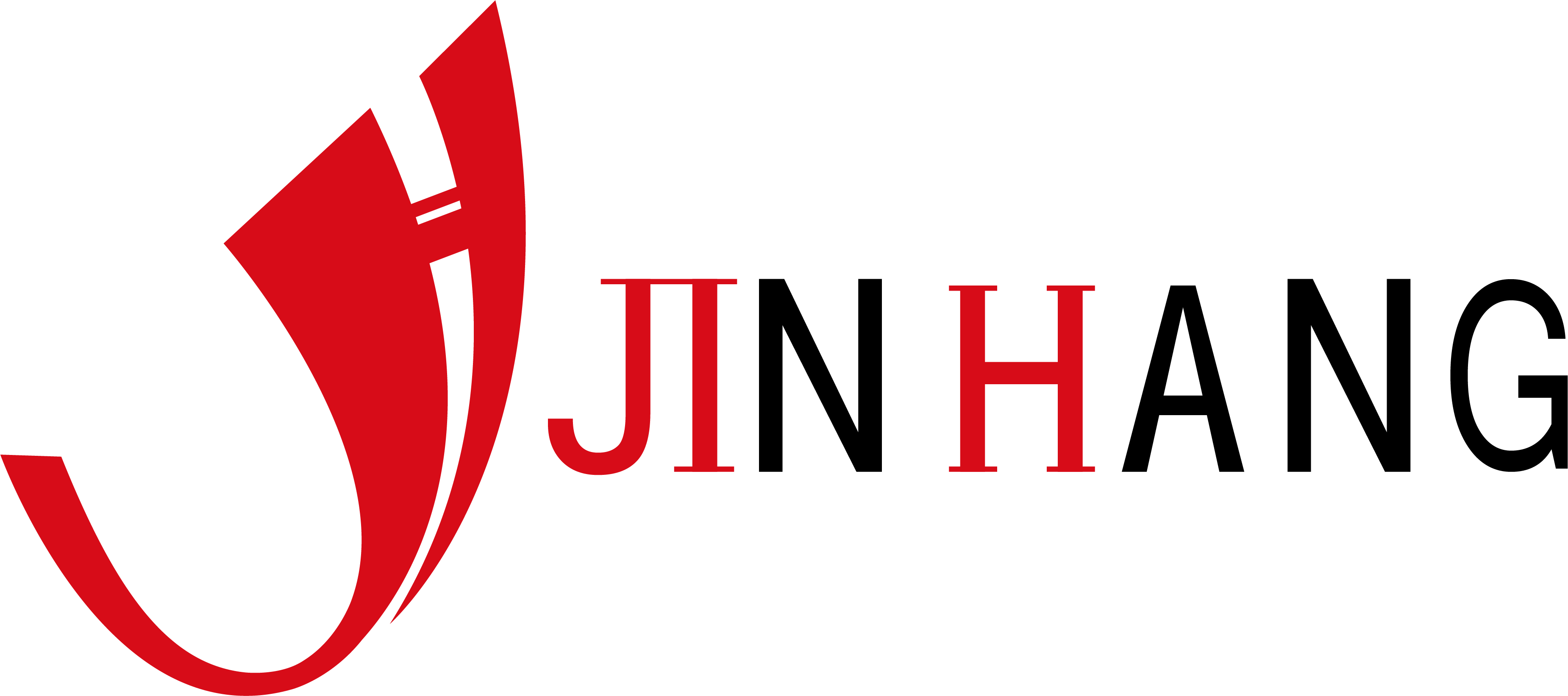What is anilox roller in flexographic printing?
Flexographic printing is a process widely used for printing packaging, labels and other products. It features flexible printing plates and low-cost production, and can print high-quality images and text on a variety of substrates. In flexographic printing, the anilox roller is a vital core component responsible for accurately controlling the amount of ink and transferring it to the printing plate. The precision and performance of the anilox roller directly determine the quality of the printed product. Therefore, understanding the function, composition and working principle of the anilox roller is essential for the operation of flexographic printing.
This article will take a deep look at what the anilox roller in flexographic printing is, how it works, its structural composition and its specific role in the printing process.
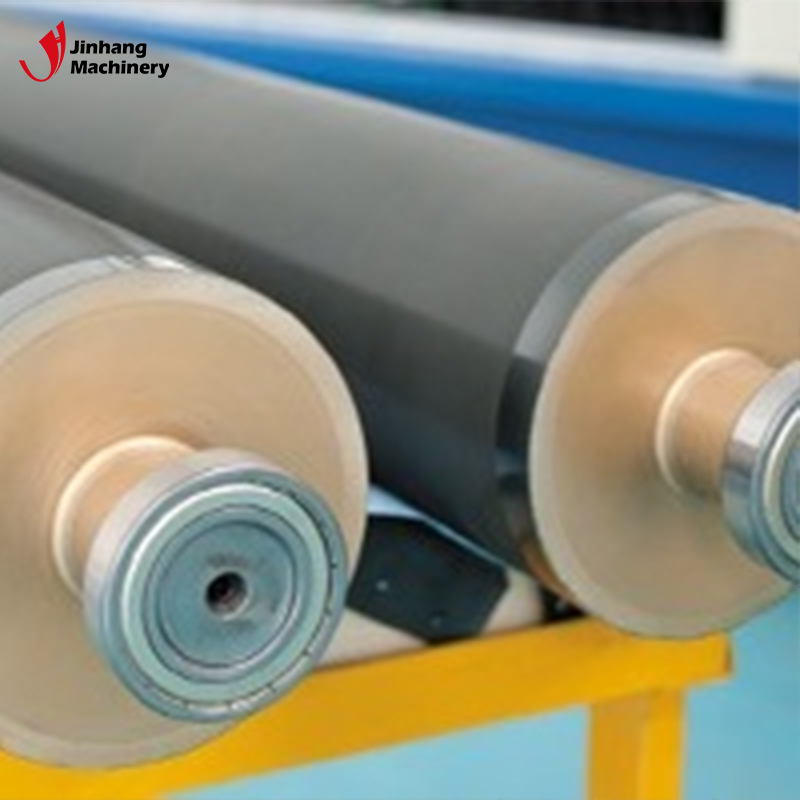
What is anilox roller?
The anilox roller, also called the metering roller, is a key component on a flexographic printing press. Its main function is to transfer ink from the ink tank to the surface of the printing plate during the printing process. It stores ink through tiny pits or meshes engraved on the surface, and then accurately delivers this ink to the printing plate during the printing process. This precise ink control has a direct impact on the quality of the print.
The surface mesh of anilox roller can be evenly and consistently distributed, and their number, depth and shape directly affect the amount of ink transferred. Therefore, the parameters of anilox roller are often adjusted to optimize the printing effect in flexographic printing.
What is the importance of anilox roller in flexographic printing?
The ink transfer process in flexographic printing involves multiple steps, in which the anilox roller undertakes the key task of absorbing ink from the ink tank and evenly distributing it on the printing plate. If the ink transfer of the anilox roller is uneven, it will cause undesirable effects on the printed image, such as color difference, blurring or ink accumulation. Therefore, choosing and maintaining the right anilox roller is an important factor in ensuring stable and efficient flexographic printing.
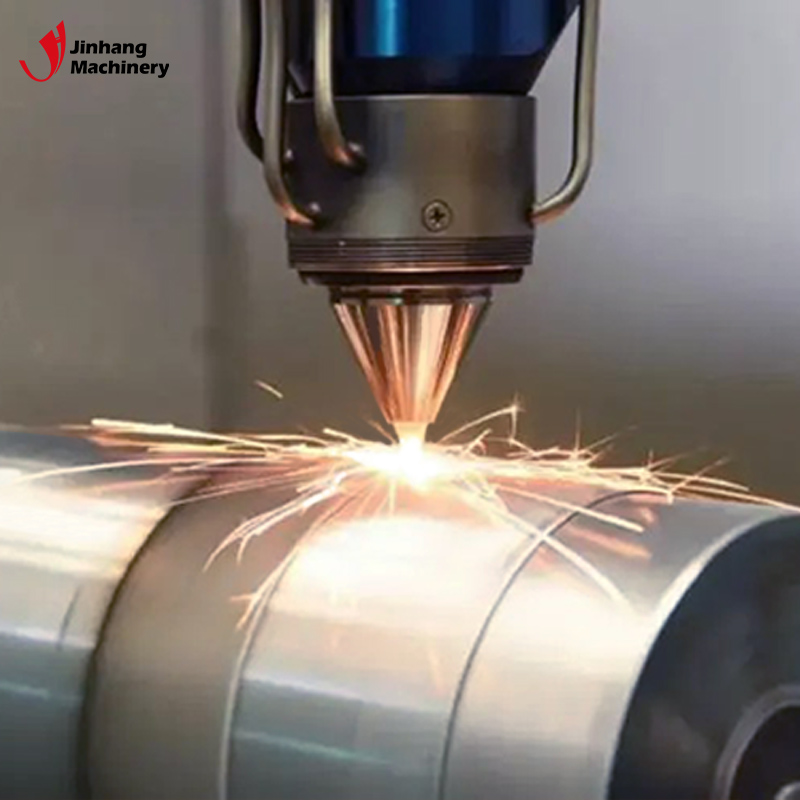
How does anilox roller work?
Ink transfer process
The working principle of anilox roller is relatively simple but very precise. Its surface is covered with tiny grids that absorb ink according to its design parameters such as depth, number of lines and volume. As the anilox roller rotates in the ink tank, the ink fills each tiny mesh. Subsequently, when the anilox roller contacts the flexographic printing plate, the ink is released from these meshes by pressure and evenly transferred to the printing plate to complete the printing process.
The mesh parameters on the surface of the anilox roller directly affect the distribution of the ink. For example, the deeper the mesh, the more ink can be stored and the greater the amount of ink transferred; and the higher the number of lines in the mesh, the finer the printed image.
Parameters of anilox roller
The performance of the anilox roller is mainly defined by the following key parameters:
● Line count (LPI, Lines Per Inch): refers to the number of meshes per inch of surface. The higher the number of lines, the smaller the mesh and the finer the ink transfer. Anilox rollers with high line counts are suitable for printing images with rich details, while low line counts are suitable for printing large areas of color blocks.
● Mesh volume: Usually measured in cubic centimeters per square inch (cm³/in²), it indicates the amount of ink that can be stored in each mesh. The mesh volume directly affects the amount of ink transferred. Large mesh volume is suitable for printing processes with high ink demand, while small volume is used for fine printing.
● Mesh shape: The shape of the mesh can be square, hexagonal or triangular, etc. The mesh shape will affect the release speed and uniformity of the ink. Different shapes are suitable for different printing needs. Usually, hexagonal mesh is a more common choice because it performs more uniformly when storing and releasing ink.
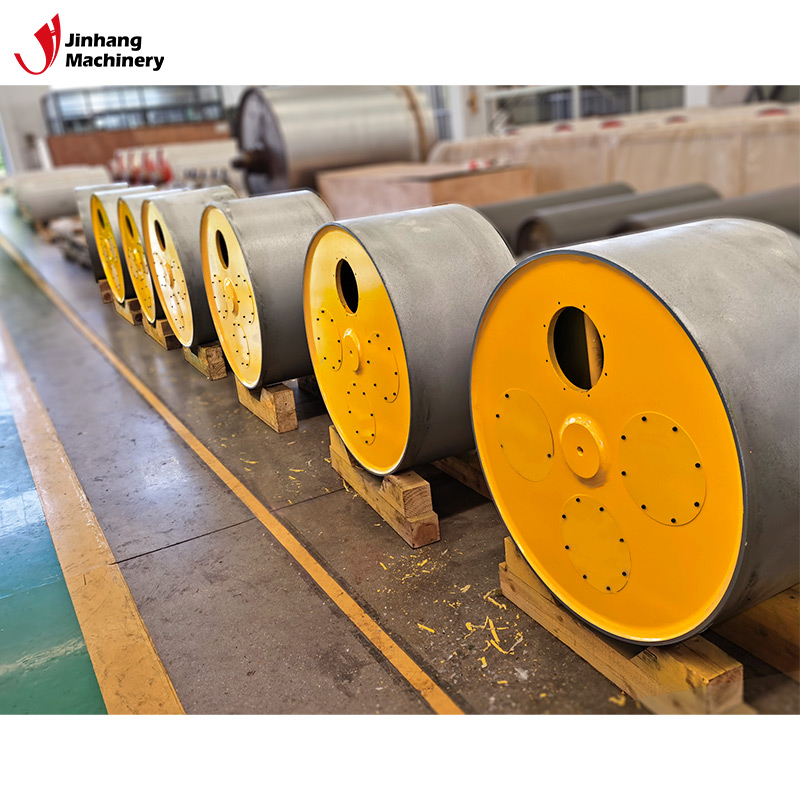
What are the materials and surface treatments of anilox rollers?
Material selection
The materials of anilox rollers are usually divided into two categories: metal and ceramic. Traditionally, early anilox rollers were mostly made of metal, but with the advancement of technology, ceramic anilox rollers have gradually become the industry standard.
● Metal anilox rollers: Steel or aluminum is mostly used as the base material, and the surface is chrome-plated to increase wear resistance. This type of anilox roller is suitable for some printing processes that do not require particularly high precision, but its wear resistance is poor and its service life is relatively short.
● Ceramic anilox rollers: Anilox rollers coated with ceramic materials have significant advantages in wear resistance and corrosion resistance. The finer mesh on the surface of the ceramic anilox roller is suitable for demanding printing processes and has a longer service life.
Surface treatment and maintenance
The surface treatment of the anilox roller is critical to its performance. The surface of the ceramic anilox roller is usually finely laser engraved to ensure the accuracy and consistency of the mesh. In order to maintain the efficient performance of the anilox roller, regular cleaning and maintenance are necessary. Ink residue and drying can clog the mesh and cause insufficient ink transfer, so special cleaning tools and chemical reagents are needed to keep the surface of the anilox roller clean.
What is the role and application of the anilox roller?
Controlling ink transfer
The core role of the anilox roller is to control the amount of ink transferred. Through different mesh designs, the anilox roller can adjust the amount of ink transferred each time to ensure that the ink is evenly distributed on the printing plate, thereby achieving consistent printing quality.
For example, in flexographic packaging and label printing, the anilox roller can ensure that the edges of the printed images and text are sharp and the colors are saturated. This precise ink control makes the anilox roller a core component in the flexographic printing process.
Adapt to various ink types
Anilox roller is not only suitable for water-based inks, but also can handle solvent-based inks, UV-curable inks and other ink types. Different inks have different viscosities and drying speeds, and the design of anilox roller can be optimized according to the characteristics of these inks. For example, for inks with higher viscosity, it is necessary to design a deeper mesh to ensure sufficient ink storage and smooth transfer.
Improve printing speed and efficiency
Because the anilox roller can accurately control the amount of ink transferred, it performs particularly well in high-speed printing. Flexographic printing usually requires fast and efficient, and the design of anilox roller can adapt to this demand, which speeds up the printing speed while ensuring the stability of printing quality.
Application to different printing categories
Anilox roller is suitable for a variety of printing applications, including but not limited to:
● Label printing: In label printing, anilox roller can ensure that the ink is evenly covered on the label material, and the printing effect is clear and full of color.
● Package printing: Package printing requires a lot of ink transfer and requires high durability, and anilox roller can adapt well to these needs.
● Food and beverage packaging: Food packaging has high requirements for the hygiene and environmental protection of printed materials, and the materials and design of anilox rollers can meet these special requirements.
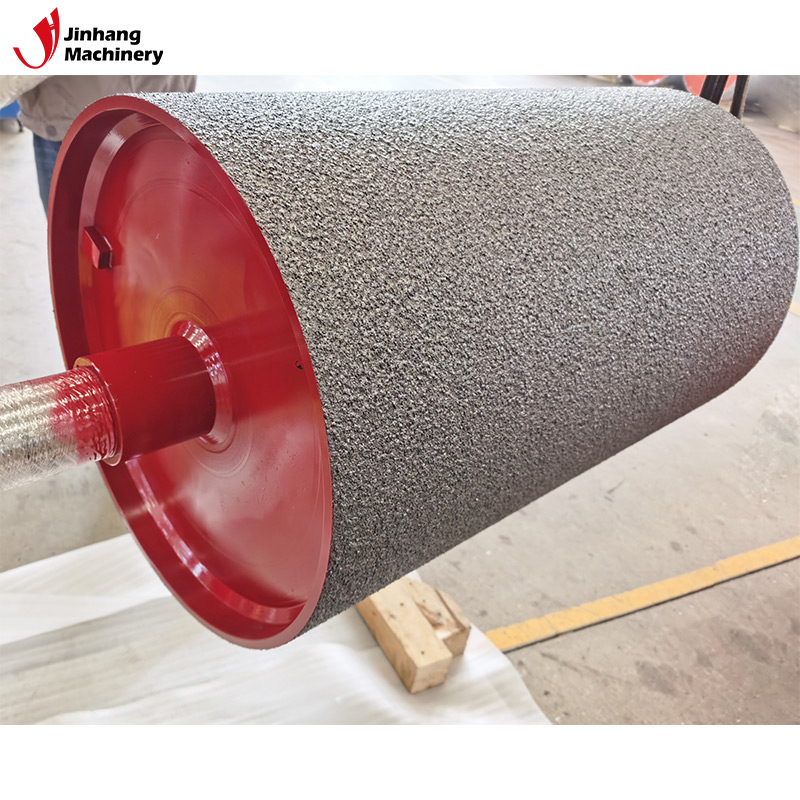
How to choose the right anilox roller?
Choose mesh volume according to printing needs
In flexographic printing, different printed products have different ink requirements, so it is important to choose anilox roller with the right mesh volume. Fine printing patterns require small mesh volumes, while large-area color block printing requires larger mesh volumes to ensure sufficient ink transfer.
Consider printing speed and production environment
Printing speed is also an important consideration in selecting anilox rollers. High-speed printing requires anilox roller to quickly replenish ink and maintain uniform transfer, so the wear resistance and precision of anilox rollers are particularly important in high-speed printing environments.
Compatibility of ink types
Different inks have different viscosities and drying characteristics, so when selecting anilox rollers, ensure that its design can adapt to the type of ink used. For example, water-based inks usually require a larger mesh depth, while solvent-based inks may require a smaller mesh to control their evaporation rate.
Your Go-To Manufacturer for Custom Industrial Rolls
If you're in need of high-quality, custom-engineered rolls, look no further than JH Machinery. We specialize in manufacturing rolls for various industrial applications, including rubber, polyurethane, and tungsten carbide-coated rolls. Our advanced factory in China allows us to produce precision-engineered rolls tailored to your specific requirements. We offer affordable pricing, bulk purchasing options, and discounts for wholesale buyers. Contact us today to learn more about our competitive quotes and how we can meet your custom roll needs at unbeatable prices.
